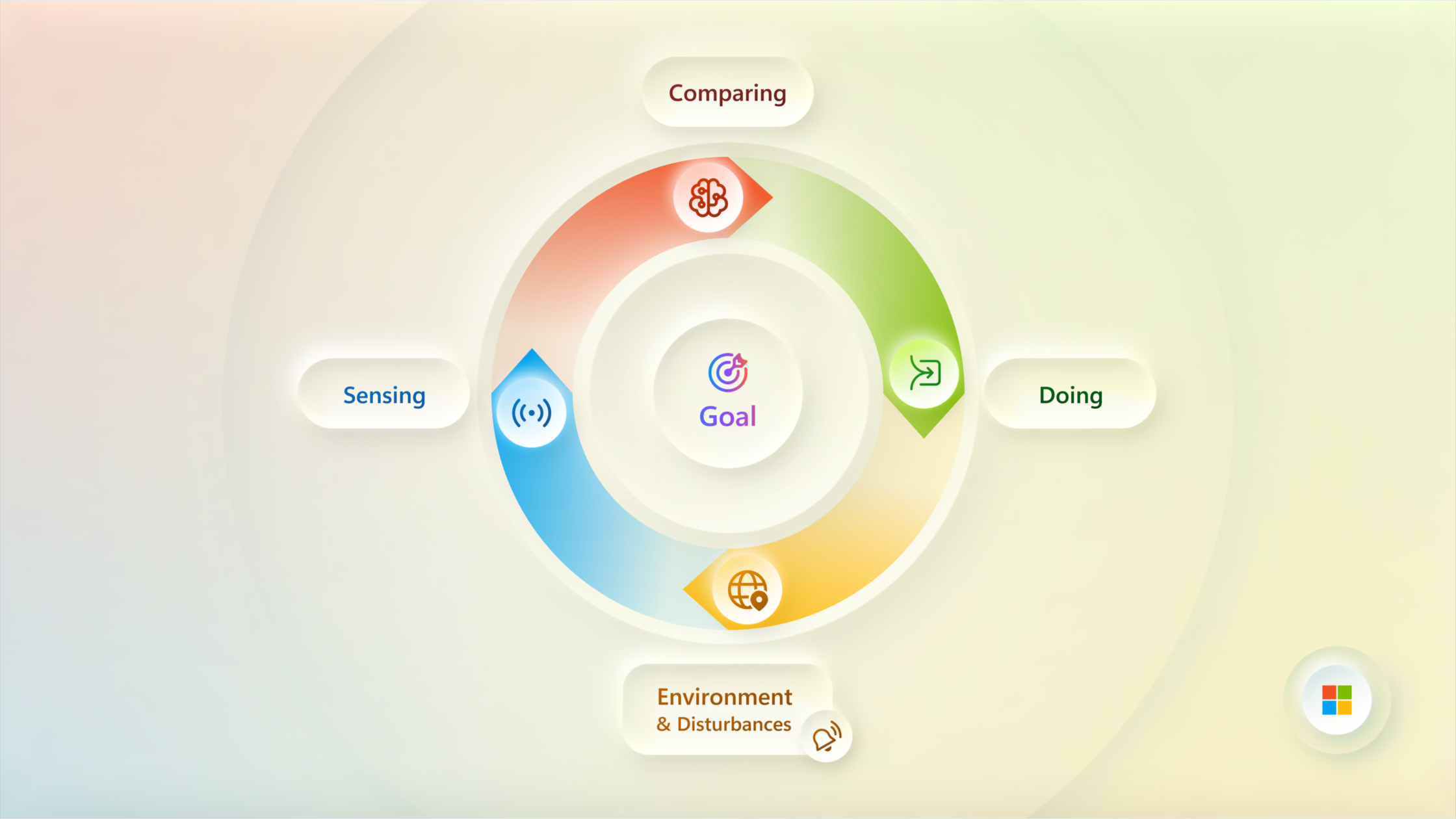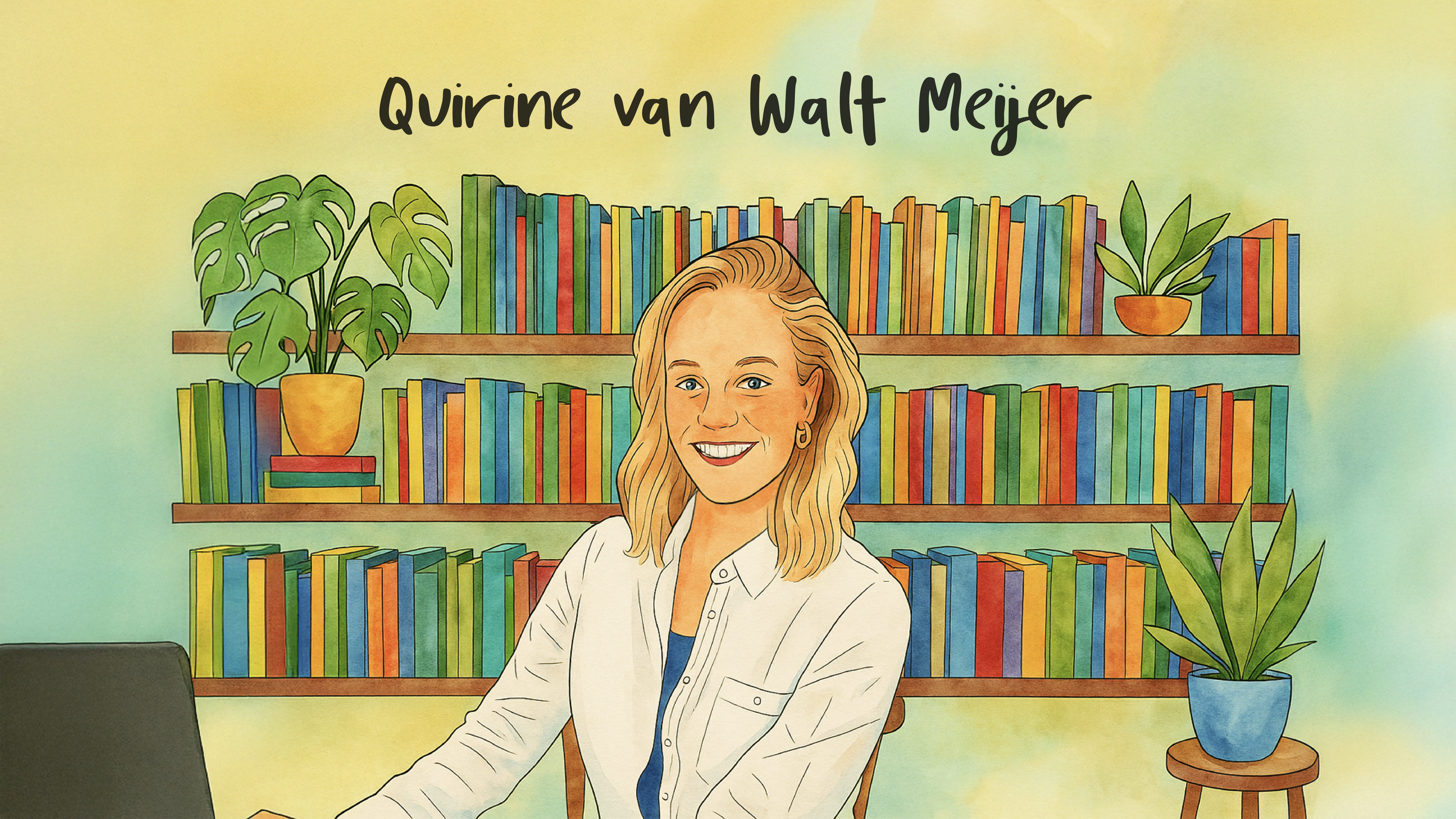The sound of innovation: How audio designers are redefining digital experiences

Every pixel and interaction in the digital age is meticulously designed, but sound is often the unsung hero of the user experience. Not just background noise, the sound our gadgets and interfaces make today is the invisible thread that weaves through our interactions, shaping how we feel, react, and engage with technology.
Think of your favorite app without the recognizable clicks, dings, and whooshes that guide you through the screens. Now imagine that instead of the iconic shark theme—the alternating rhythm of E and F notes (da-dum da-dum) that signals the impending fright—there’s just silence in those key scenes in the film Jaws. In both instances, the experience is entirely different without sound.
At Microsoft, audio designers are on a mission to redefine the role of sound in digital environments by crafting an auditory world that aligns with our identity and elevates our user experiences.
“If you think about it, UI sound design became much more prevalent in the 1990s, when cell phones started to become more popular,” says Laura Parra Rangel, Microsoft 365 Audio Designer. Back then, people weren’t used to having their phones around, and so the various beeps and dings that came out of pockets or bags helped to call attention to the devices. But sound design isn’t just about making things go beep or boop. Blending art and science, every tone and rhythm in sound design is meticulously engineered to stir emotion, to guide behavior, and create coherence.
Not that long ago, though, the sounds used in digital products were made in isolation. The result was a pastiche of noises that felt antiquated and fragmented, much like a symphony where every musician is playing a different song. Operating under a set of core principles that ensure every sound created isn’t just functional but also meaningful, audio teams conduct the symphony, creating a cohesive soundscape that feels intuitive, immersive, and unmistakably Microsoft. “The more senses an experience involves, the more immersive and engaging it can be,” says Parra Rangel. Sound can add layers of meaning that range from subtle to obvious, and everything in between. It can convey emotions and provide information.
Think of it another way: sound design is the auditory equivalent of typography. Like a carefully selected font that can stir feelings, make text more legible and engaging, a well-designed sound can make a digital experience feel smooth and intuitive. “When done well, sound design makes an experience more memorable and helps the user be more present, engaged, and focused,” says Don Diekneite, Microsoft 365 Senior Audio Designer.

The Evolution of an Audible Legacy
Microsoft has consistently led the way in sound design, making a lasting impact on the industry with its iconic auditory creations. At the heart of this sonic revolution is Mathew Bennet, a visionary audio creative director whose work has become synonymous with Microsoft’s identity. Involved with the company’s sound design for 13 years until 2021, Bennet contributed to the sounds of various Windows versions and the downloadable Windows Mobile ringtones.
And then there’s the collaboration with Brian Eno, the producer and king of ambient music who brought his artistic genius to craft the Windows 95 startup sound: a four-second gem that Eno himself described as “a tiny piece of optimism.” This fusion of technology and creativity is a perfect example of how Microsoft has always seen sound as more than just a functional element. It’s about turning ordinary moments and everyday digital interactions into unforgettable moments.
Today, Microsoft audio teams are building on this legacy, using it as a launchpad to push sound design into exciting new territory. They’re not just keeping the tradition alive; they’re redefining what’s possible. From the nostalgic echoes of the past to the bold tones shaping tomorrow, Microsoft’s sound design journey is a symphony of creativity, innovation, and emotional impact. “When a product is designed from the start with consideration for as many human senses as possible,” says Parra Rangel, “it becomes more naturally immersive than if sound is merely an afterthought. By integrating sound into the design process, visuals can influence sound and vice versa.”
Spanning the entire spectrum of sound design, the M365 Design audio team works on everything from UX sounds that guide user interactions to music and voiceovers that bring products to life. Audio designers are also pioneering advancements in voice technology with their work on Copilot voice fonts. By carefully sculpting distinct voice profiles, they’re ensuring that Copilot doesn’t just speak, it connects. Every detail, from pitch and timbre to rhythm and pacing, is meticulously fine-tuned to create voices that are not only functional but also deeply relatable and emotionally engaging.
This work is part of a larger vision, a commitment to redefining how sound shapes our digital world. By pushing the boundaries of voice technology, Microsoft is crafting immersive, memorable experiences that resonate on a personal level. It’s innovation with a purpose: to make every interaction feel less like talking to a machine and more like connecting with a trusted companion.

Beyond Beeps and Boops
Another recent project for the M365 Design audio team is the creation of a Figma Sound Library. An ongoing work in progress, the library isn’t simply a collection of random noises, but a meticulously curated toolkit—for designers, engineers, and product managers—that provides easy access to a suite of sounds, along with best practices for integrating them into digital products. It’s a game-changer for consistency, ensuring that every ding and ping across Microsoft’s ecosystem feels like part of the same auditory family.
The Figma Sound Library is more than just a resource. It’s a statement, and it signals a shift in how sound is perceived in the design process. “A big aspect of the Figma Sound Library is to make it easy for designers to try sounds in demos and early prototypes,” says Diekneite. “By doing this, you get a good idea of how much sound adds to experiences, and what kinds of sounds work and don’t work for your prototype.”
No longer an afterthought, sound is taking a leading role in the world of digital design. “Experiences are more immersive, and sound is just a part of a whole brand,” says Parra Rangel. “The goal is to create a sound world that is unmistakably Microsoft, and that sound is considered as a design pillar, just like color or typography.”
With digital experiences becoming more immersive, and the role of sound design growing in importance, audio teams at Microsoft continue to push the boundaries of what’s possible. Their work is indicative of the transformative power of audio, proving that sound isn’t just something we hear— it’s something we feel. At a time when attention is the most valuable currency, sound design is the secret sauce for crafting experiences that captivate and resonate.
Next time you hear a notification or interact with a digital tool, take a moment to listen. Behind every sound is a story, a vision, and a team of audio pioneers who are redefining what it means to design for the ears. So, turn up the volume—this is the sound of innovation.
Read more
To stay in the know with Microsoft Design, follow us on Twitter and Instagram, or join our Windows or Office Insider program. And if you are interested in working with us at Microsoft, head over to aka.ms/DesignCareers.

Designing loops, not paths
How cybernetic loops are helping us turn “human in the loop” from a catchphrase into a design practice

Vibe coding makes prototyping close to code, closer to users
Meet Quirine, a computational design manager exploring how AI reshapes the way her team builds and test ideas

Breaking the mold: Braz de Pina on the evolution of creativity and design in this AI era
Meet Braz De Pina, a Principal Product Designer for Microsoft’s Experience Collective Horizontal Design Studio
